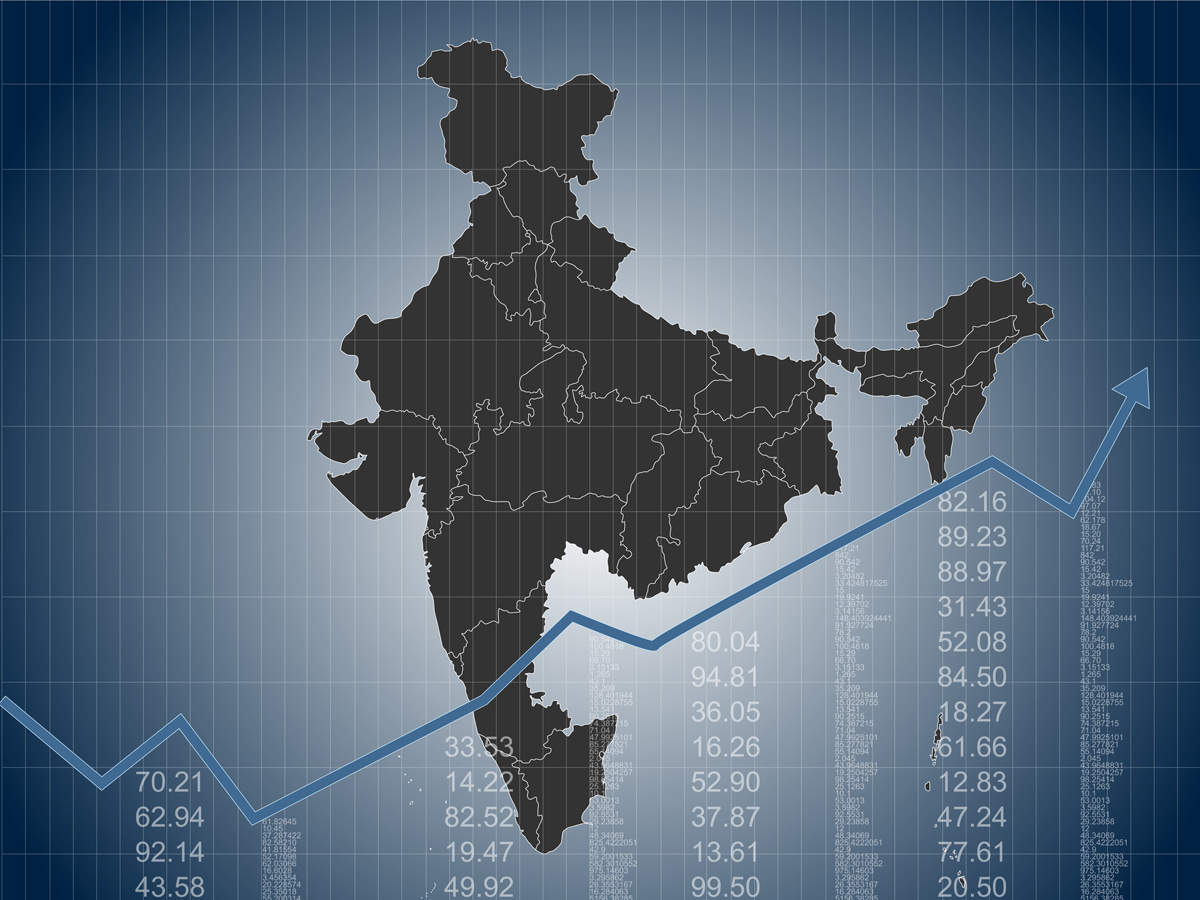INSUBCONTINENT EXCLUSIVE:
The resignation of M J Akbar, minister of state for external affairs, from the NDA government on Wednesday, is a reputational crisis for the
far in October, foreign portfolio investors have sucked out nearly Rs 19,000 crore from India, double the Rs 9,450 crore they had taken out
in the whole of September, and nine times what they had taken out in August
In six months, blue chips are down more than 10 per cent from peak.
There are good reasons for this
For example, a survey of the annual results of about a tenth of listed companies shows net profits down by a staggering 30 per cent
This has been recently published by the respected Centre for Monitoring Indian Economy (CMIE).
On October 11, Credit Suisse (CS) published a
report that said from 16 per cent in 2014, the growth of overall lending is reckoned to fall to 10 per cent in 2018-19
CS adds that the worst hit will be non-banking financial companies (NBFCs), which have huge repayments coming up in two months
The likely failure to do that will impact already-limping bank finances
Banks and non-bank lenders loaded with bad debt, have become extremely risk averse
Lower lending equals diminished spending and investing power.
Unsurprisingly, CMIE shows a dramatic fall in investments
The value of completed projects was similarly the lowest in four quarters
Almost all the new promised investment is from a single project: a giant Rs 30,000 crore, five-million-tonne-per-year capacity steel plant
by one company in Visakhapatnam
WhyRs Nearly 23 million tonnes of existing steel projects are rusting bankrupt and can be purchased at bargain basement prices.
The solution
to this paradox is simple
The Rs 30,000 crore investor is a government-owned entity, Rashtriya Ispat Nigam Ltd (RINL)
If this investment does indeed take place, RINL is certain to go bankrupt, given the glut of steel capacity in the market and the apparent
lack of demand.
The impact of this slowdown in growth is evident everywhere
four-year average at 7.3 per cent per annum
On Monday, the International Monetary Fund (IMF) forecast India will grow 7.3 per cent in 2018 and 7.5 per cent next year.
Obviously, jobs
India lacks reliable employment data because around 85 per cent of its working population is unorganised
steadily from 3 per cent of the potential workforce on July 30, 2017, to 8 per cent on September 23, 2018
The effect of frustration among thwarted folks, cutting across class and caste lines, can already be seen rolling across India, from
in Delhi shut down as 25,000 agitating farmers dug in at the Ghaziabad border with Uttar Pradesh.
In parts of Rajasthan, stone pelting and
violence led to curfew being imposed and internet services cut off in August
Violence erupted in relatively prosperous Jaipur and farmers are agitating in Shekhawati
Government employees went on strike recently.
Madhya Pradesh is no different
In summer, farmers in the state, perhaps inspired by their brethren in nearby Maharashtra, launched massive strikes
On October 16, Jats in the state launched a widespread protest movement.
For the Modi administration, the immediate migraine should be
Rajasthan and Madhya Pradesh, two of five states that go to polls next month
The BJP, incumbent in both, should be very, very worried.

